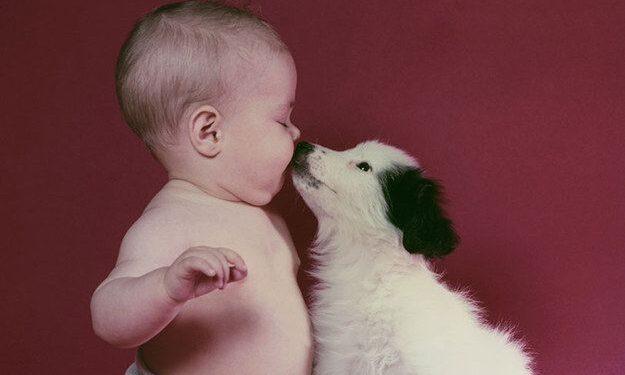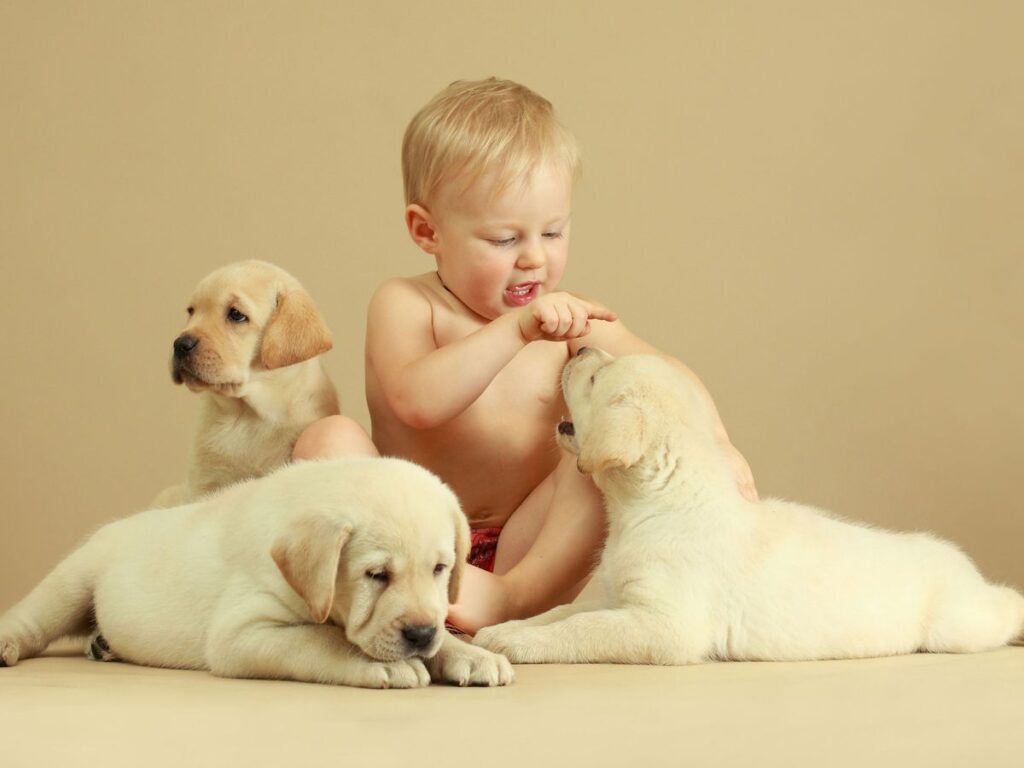Welcoming a new member to your family, be it a furry friend or a tiny bundle of joy, is an exhilarating experience. However, introducing a puppy to a baby requires careful planning and consideration to ensure a harmonious coexistence. In this guide, we’ll provide you with expert insights and practical tips on how to make the introduction between your puppy and baby a seamless and joyful process.
Understanding Canine Behavior
Before initiating the introduction, it’s crucial to comprehend the behavior patterns of your furry companion. Dogs, by nature, are pack animals, and their reactions to new members, especially infants, can vary. Understanding your puppy’s body language, cues, and stress signals is the first step towards a successful introduction.
Gradual Exposure for Positive Associations
Step 1: Establish a Safe Space
Create a designated safe space for your puppy where they can retreat and relax. This space should be off-limits to the baby, providing your furry friend with a sense of security.

Step 2: Scent Introduction
Begin by exchanging items between the baby and the puppy, such as blankets or clothing. This allows both to become familiar with each other’s scents, laying the groundwork for a positive association.
Controlled Introduction Sessions
Session 1: Visual Introduction
Start with controlled visual exposure, allowing the puppy to observe the baby from a safe distance. Monitor your puppy’s behavior closely and provide positive reinforcement for calm behavior.
Session 2: Controlled Interaction
Gradually progress to controlled interactions, always prioritizing the safety of both the baby and the puppy. Keep sessions short and positive, rewarding good behavior with treats and praise.
Positive Reinforcement Techniques
Treat Association
Associate the presence of the baby with positive experiences for the puppy by providing treats during and after interactions. This reinforces positive behavior and creates a positive association with the baby.

Playtime Integration
Incorporate supervised playtime between the puppy and baby, focusing on gentle interactions and mutual engagement. Use toys that are safe for both, fostering a sense of camaraderie.
Ongoing Supervision and Adaptation
Successful introductions are an ongoing process. Regularly monitor the interactions between your puppy and baby, adapting your approach based on their responses. Consistency and patience are key in building a strong bond between your furry friend and little one.
Conclusion
Mastering the introduction between your puppy and baby is a rewarding journey that requires patience, understanding, and careful planning. By following these comprehensive steps and staying attuned to your pet’s needs, you can create a loving environment where your puppy and baby can thrive together. Remember, every positive interaction reinforces the foundation of a lifelong companionship.





















